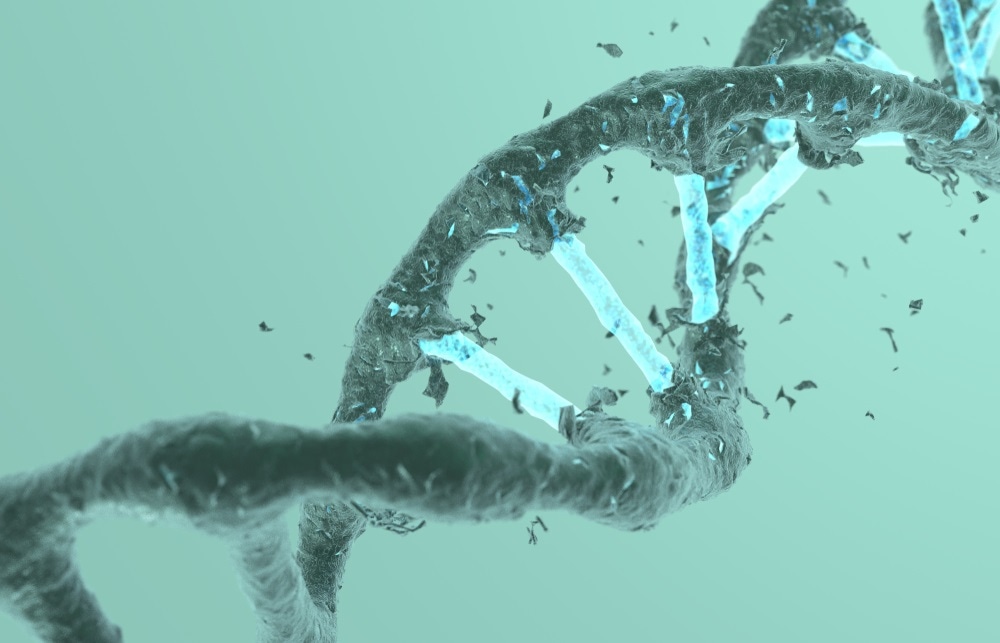The first results of clinical trials testing CRISPR suggest that the prospect of using the popular gene-editing tool to treat a range of diseases may be on the horizon.
 Image Credit: Necula Valentin Andrei / Shutterstock.com
Image Credit: Necula Valentin Andrei / Shutterstock.com
After years of ethical debate, controversy, and medical breakthroughs in the laboratory, CRISPR has finally entered clinical trials that are testing whether it can be used to treat various heritable diseases and cancer in humans.
There’s been a convergence of the science getting better, the manufacturing getting much better, and money being available for these kinds of studies… It’s truly come of age.”
Cynthia Dunbar, senior investigator at the National Heart, Lung, and Blood Institute
2019 has been a banner year
Last year was a banner year for the medical applications of CRISPR–Cas9, as results from the first clinical trials came in and more trials were launched - both critical steps in establishing whether the tool can fulfill its potential to treat human disease.
These first clinical trials are testing the safety and efficacy of the tool in treating blood disorders, cancer, and a form of inherited blindness. Many more trials are also due to begin soon. Unlike the controversial and ethically fraught practice of editing embryos that are destined to be born, the gene edits being made in these trials would not be passed onto future generations.
As the promising clinical trial results start to trickle in, researchers are encouraged that more sophisticated medical applications of genome editing could pave the way for treating a host of human diseases.
Progress has been rapid
It has only been seven years since scientists discovered that a CRISPR-Cas9 molecular defense system used by microbes to fend off viruses and other threats could be used to alter gene sequences in humans.
Since then, the technology has attracted attention for its controversial and unethical use in embryos by Chinese scientist, He Jiankui, which resulted in the first birth of genome-edited babies, Lulu and Nana. However, at the same time, researchers have been carrying out much less risky experiments testing the tool’s ability to make non-germline, non-controversy gene corrections to treat a wide array of diseases.
In 2016, researchers in China reported that they had treated a person using a CRISPR therapy that targets cancer by disabling a gene that shields cancer cells.
By 2019, the US government’s clinicaltrials.gov database listed over a dozen new trials testing whether the technology can treat a host of diseases, ranging from blood disorders and HIV to cancer.
“People are investing in the technology”
Speaking to Science News, Janelle Waack an intellectual property attorney at the law firm Bass, Berry & Sims in Washington, DC, said that CRISPR’s rise as a potential medical tool has happened in a remarkably short period of time.
She has been monitoring CRISPR patent filings in health care, medical research, agriculture, and chemical processing.
“People are investing in the technology and think it has great commercial value,” she told the news outlet.
It is still too early to draw conclusions about clinical use
Although the results have been promising so far, researchers say not enough people have been treated in the trials for any firm conclusions to be drawn about the safety and efficacy of CRISPR-Cas9 therapies in humans.
“There’s been a lot of appropriate caution in applying this to treating people,” says Edward Stadtmauer, an oncologist at the University of Pennsylvania.
For now, though, researchers are positive about the progress that has already been made:
“I think we’re starting to see some of the results of that work,” says Stadtmauer.
“All of this has been very encouraging,” concludes Dunbar.